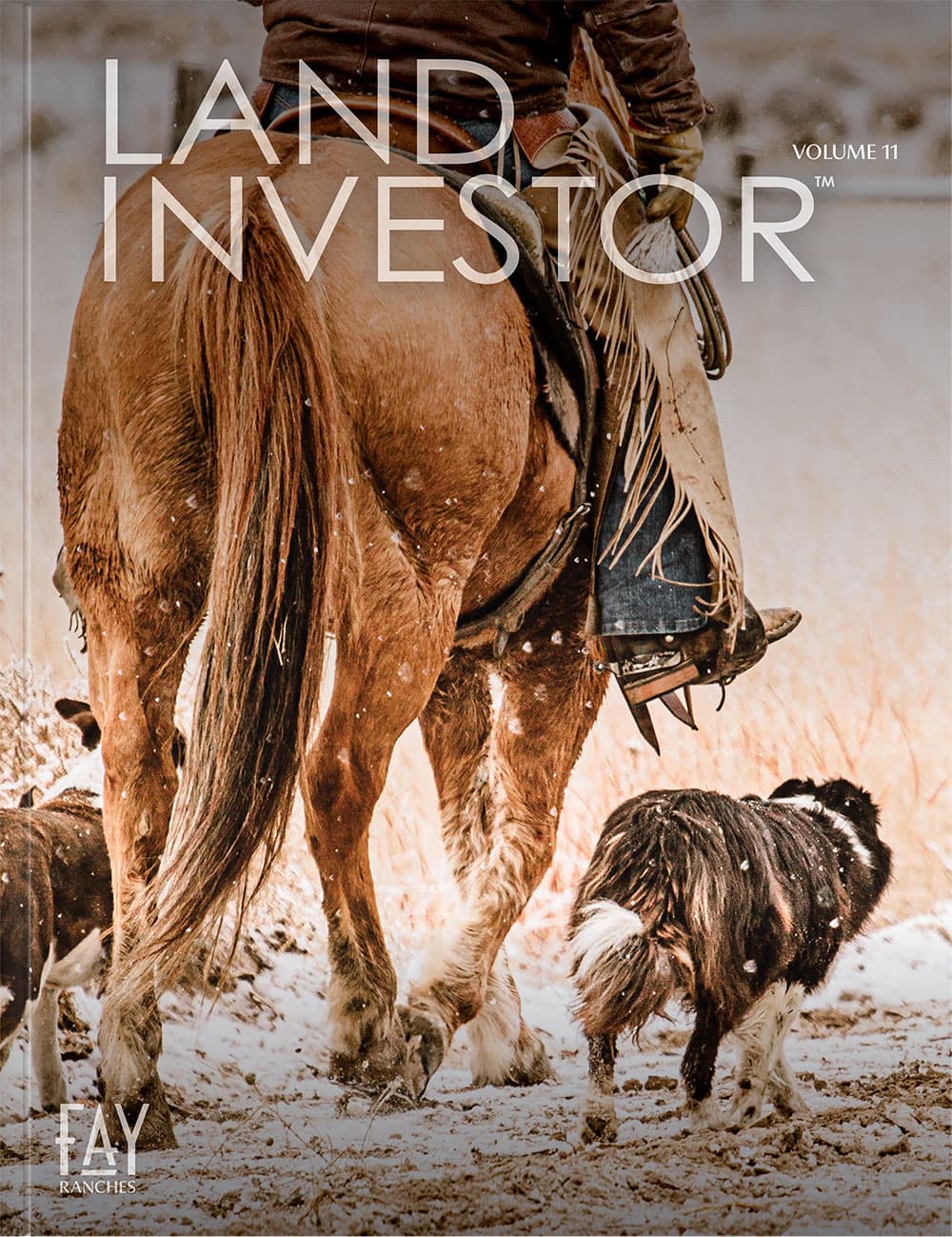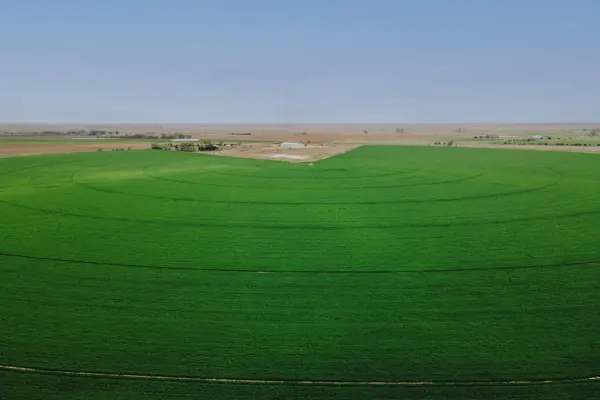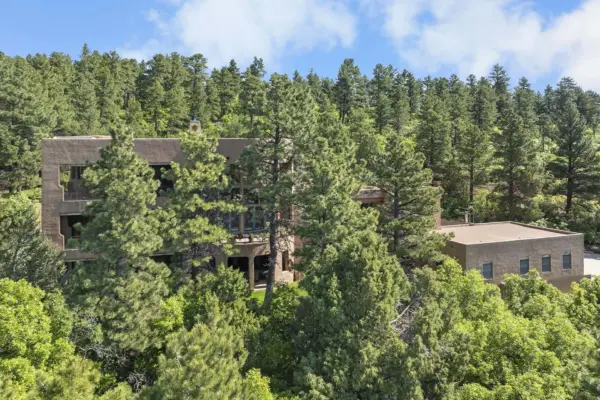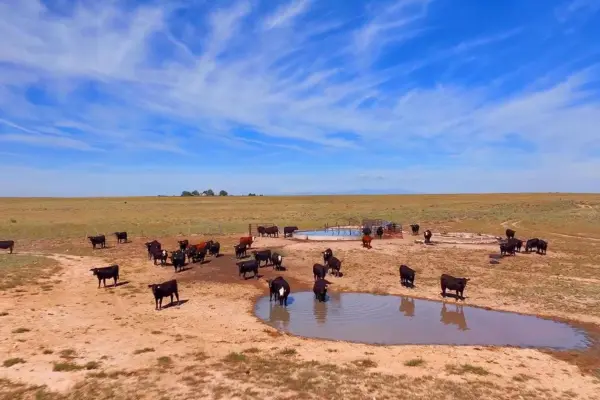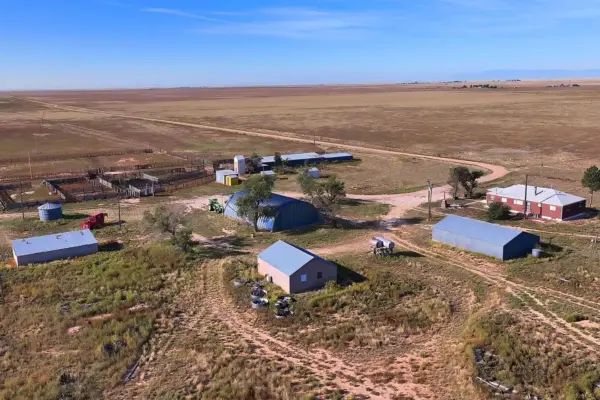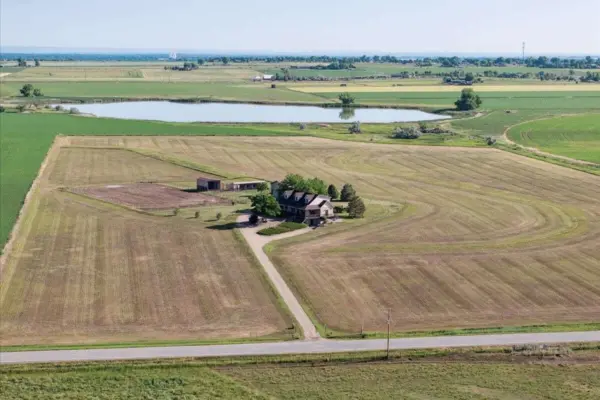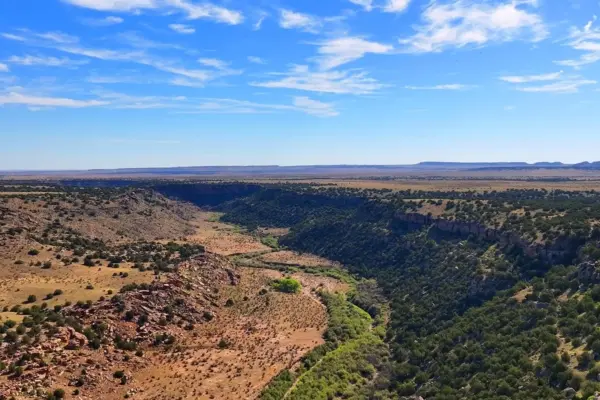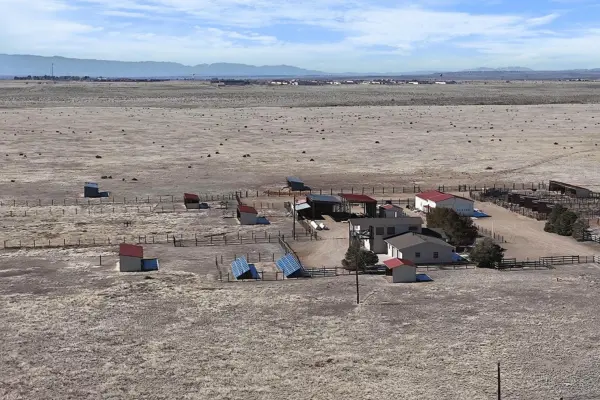Feeding and Seasonal Management
Having a plan to manage fencing, water, and feeding is vital. You have to take into consideration that different climates present different labor challenges. I happen to live in a mild four-season climate, which is very conducive to running a ranch part-time while managing a second job that takes up the majority of my schedule. Our winters are fairly mild. Breaking ice is a challenge in the winter, but our weather is mild enough that ice doesn't have to be broken every day. Also, we feed very little hay on traditional grazing operations. If you stock your ranch properly, the livestock can graze year-round; you only need to feed hay if the snow is deep enough to cover the grass. In most winters, I only have to put hay out a couple of times. To help supplement the cattle in the winter, most ranchers in this region use protein blocks, cattle cubes, high-energy liquid feed, or protein tubs. I prefer protein tubs. I drop them off at my pastures every seven to ten days. The short grasses this region grows are high in protein and fat, so when they go dormant in the winter, they still provide good feed, but adding a little more fat and protein to the diets of the cattle helps to get them through the cold winter months and the third trimester of their pregnancies. In colder, typically more northern climates, winter can be more labor intensive. Ranches in these regions usually require fewer acres per animal unit, but feeding hay and dealing with frozen tanks and water systems can be time-consuming. On ranches that receive rainfall all year, we sometimes find issues with the nutrients being washed out of the grasses. Some ranchers have to put up hay before the nutritional value is diminished. They then feed it back to their livestock while those nutrients are captured in the hay.
Fencing and Maintenance
Keeping up fences is very important for the safety and health of your herd. An old adage observes that good fences make good neighbors. This simple but accurate saying defines relationships for landowners in areas where fences define boundaries and also create confinement for livestock. It takes time to check fences and make consistent repairs, but a property owner who makes time to do it regularly has a much easier task. Solid fences last longer, and repairing them properly also helps sustain the lifespan of your fences. Learning how to properly build a fence is important to a landowner, but if you don't have time or simply aren't interested in spending time in the heat and cold dealing with broken wires and replacing posts, you need to build a relationship with local fencing professionals. Knowledgeable people in this field are worth their weight in gold. I have hired out miles of fencing building to an amazing neighbor I have. He has also come to the rescue to help me repair a ¼ mile of fence that had been wiped out by tumbleweeds after a harsh windstorm and again when a rogue driver took their vehicle through my fence and back out a different place in the fence of one of my pastures. Those random events are unpredictable and make ranching hard when you don't see your pastures or animals daily.
Managing as an Absentee Owner
If a new owner prefers to be an absentee, they should find a local cattlemen or rancher to help them manage their property. Some ranches are large enough to justify hiring a full-time ranch hand to oversee the day-to-day operations. However, not all ranches warrant a full-time employee. I have a great working relationship with a neighbor just down the road from my Doppler Ranch in Boone, CO. We have an established schedule in which he helps to check my cows and another neighbor's cows at least once a week. Any time it is cold enough that he has to break the ice for his cattle, he will break the tanks on my ranch. He does the same for the other neighbor. If my cattle count is off, he will let me know how many I am missing. I have a low-producing well that runs off solar; we had some shady days, so it wasn't keeping up with the consumption of the cattle. So, he hauled a few loads of water to keep the cattle watered until the sun came out and the cattle had plenty of water again. He charges me for each trip to check the cattle or load of water he hauls to my place. I try to make it to the ranch the opposite half of the week he does, so the cows are being checked every few days, and he doesn't have to break ice when I am available. He has helped with welding corrals, putting cattle in that had gotten out, and pulling me out when I got my pickup and trailer stuck in the snow. He is very knowledgeable about livestock health, so he helped me doctor a sick calf and, on another occasion, a cow who wasn't cleaning properly several days after giving birth. Having a part-time ranch hand who doubles as a great neighbor is an ideal solution for my limited availability to spend time on the ranch, and it might be for you, too, if you are a more absentee landowner.
